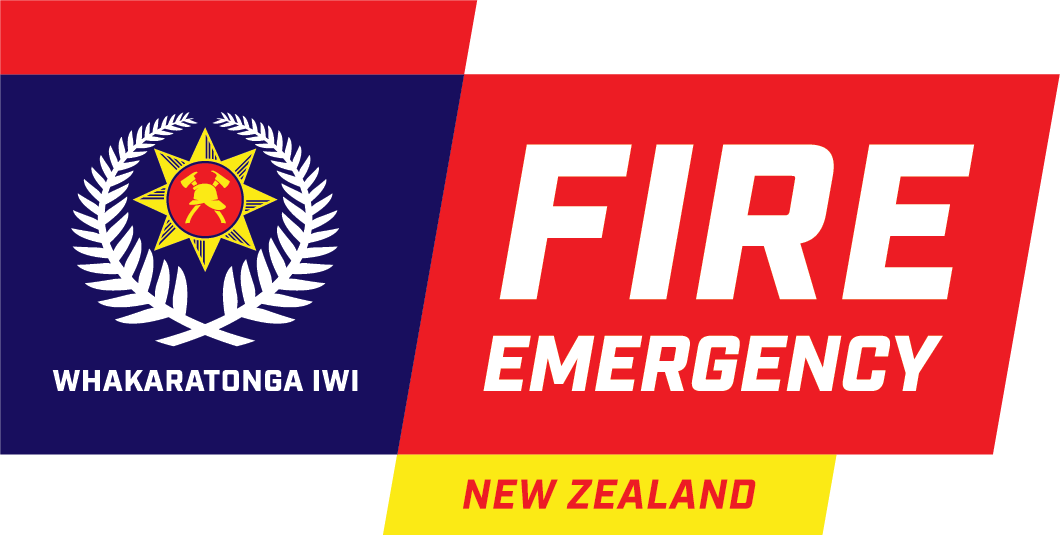Developing our Code of Conduct and Bullying, harassment and victimisation policy
A key foundation of our work to create a safe, positive and inclusive environment is the Code of Conduct, which sets out the behaviour and actions expected from all our people, supports them to make the right decisions and judgements, and sets out what will happen if they act outside those expectations.
The Te Kawa Mataaho/Public Service Commission review(external link) into Fire and Emergency’s workplace culture identified the importance of a single, unifying Code of Conduct that clearly articulates who we are as an organisation and what’s important to us in the way we conduct ourselves, and the way we interact with others.
We are developing a Code of Conduct (Te Tikanga Whanonga), that, once finalised, will underpin our journey towards creating an environment where we all feel we belong, one that is positive, safe and inclusive, and one that is trusted and respected by our communities. The new draft Code incorporates the Public Service Commission Standards of Integrity and Conduct(external link) as well as our values – Ngā Uara.
The review also identified the need to strengthen our policies, particularly around bullying and harassment and our response to unacceptable behaviours. We have taken that on board and revised our Bullying, harassment and victimisation policy.
The direction and guidance provided by both the new Code of Conduct and the revised Bullying, harassment and victimisation policy will support us to build a more positive workplace culture. Once finalised, they will apply to everyone who is a part of Fire and Emergency and replace current codes/standards, such as our Standards of Conduct and Code of Behaviour.
From 12 February to 10 March 2024, we asked for your views on our:
- new draft Code of Conduct
- revised draft Bullying, harassment and victimisation policy
- new Unacceptable behaviours schedule.
Thank you to everyone who provided feedback during consultation. We want to make sure these documents land well with everyone, and your feedback on the drafts will help us achieve that.
After considering all feedback, our Executive Leadership team will endorse the final documents in April. Our new Code of Conduct and Bullying, harassment and victimisation policy will then be launched and embedded across Fire and Emergency from later this year.
You can share your view about the Code and Policy for consideration any time via eketaumata@fireandemergency.nz.
Draft new Code of Conduct
We currently have a number of codes of conduct – there is no one unifying document that clearly sets the goalposts for expected standards of behaviour and conduct within Fire and Emergency. Unless we are all clear on what is expected of us, it is hard for us to play our part in creating an organisation where we all feel we belong and where we all feel supported to thrive, so we can put our focus on serving the communities that rely on us, and on serving and supporting each other.
Te Tikanga Whanonga – Our Code of Conduct sets the goalposts for us all in the way we need to behave, conduct ourselves and interact with others if we are to provide a place where we all feel we belong, where we all feel supported to thrive, so collectively we can focus on delivering service to our communities and each other. Once finalised, it will become our single Code of Conduct, ensuring the same benchmarks are set for the way we all undertake our roles, interact with others and conduct ourselves.
The new draft Code of Conduct has been built around three key pillars:
- The standards of integrity and conduct that apply to all of us as part of the public service
- Our values and what they mean in practice for our behaviour and conduct
- Our individual and collective responsibilities in ensuring we provide a safe, positive and inclusive environment for everyone who is part of Fire and Emergency, paid or volunteer.
It also outlines the consequences of behaving in ways that work against providing an environment where everyone feels they belong and is supported to thrive, or our ability to maintain the respect, trust and confidence of the communities we serve, and our stakeholders.
Revised draft Bullying, harassment and victimisation policy and Unacceptable behaviours schedule
The revised draft Bullying, Harassment and Victimisation policy is now framed around six clear rules, incorporating the key elements outlined in the Te Kawa Mataaho/Public Service Commission review(external link).
These elements include the:
- investigation of all formal complaints of bullying or harassment
- possibility of dismissal of personnel found by an investigation to have committed bullying or harassment
- referral of allegations of criminal offending to the New Zealand Police.
Last modified:
